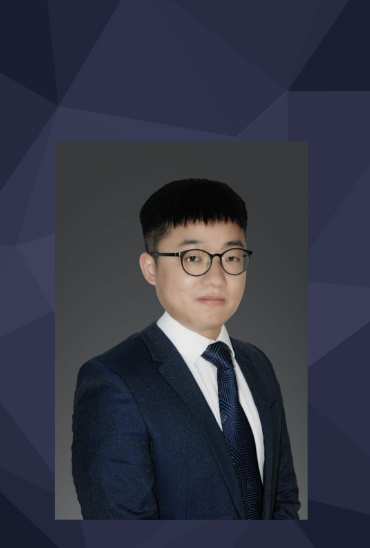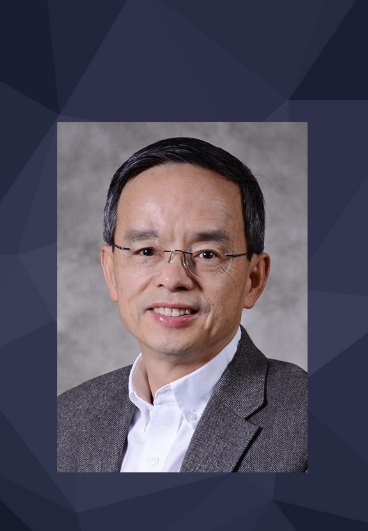Young Scholar TechTalk – Modeling Uncertainty of Connected Vehicle Penetration Rate: Theory and Application
September 12, 2023 (Tuesday) 4:30-5:30pm
The rapid development of communication technologies enables real-time information exchange between vehicles, thus being virtually connected. However, the full connected vehicle (CV) deployment will take a long time and may never be achievable, due to privacy, security, and willingness. Knowledge of the CV penetration rate is thus crucial for realizing numerous beneficial applications during the prolonged transition period. Although several novel models have been proposed for CV penetration rate estimation, they are solely point estimators. Direct use of these point estimators without considering their variability can lead to biased models or suboptimal solutions. To bridge this research gap, this study proposes a series of analytical models to accurately estimate the variability of CV penetration rate. Comprehensive VISSIM simulations, real-world applications, and a simple CV-based adaptive signal control scheme demonstrate the readiness of the models for use in real-world situations and the potential of the models to improve system optimizations.










